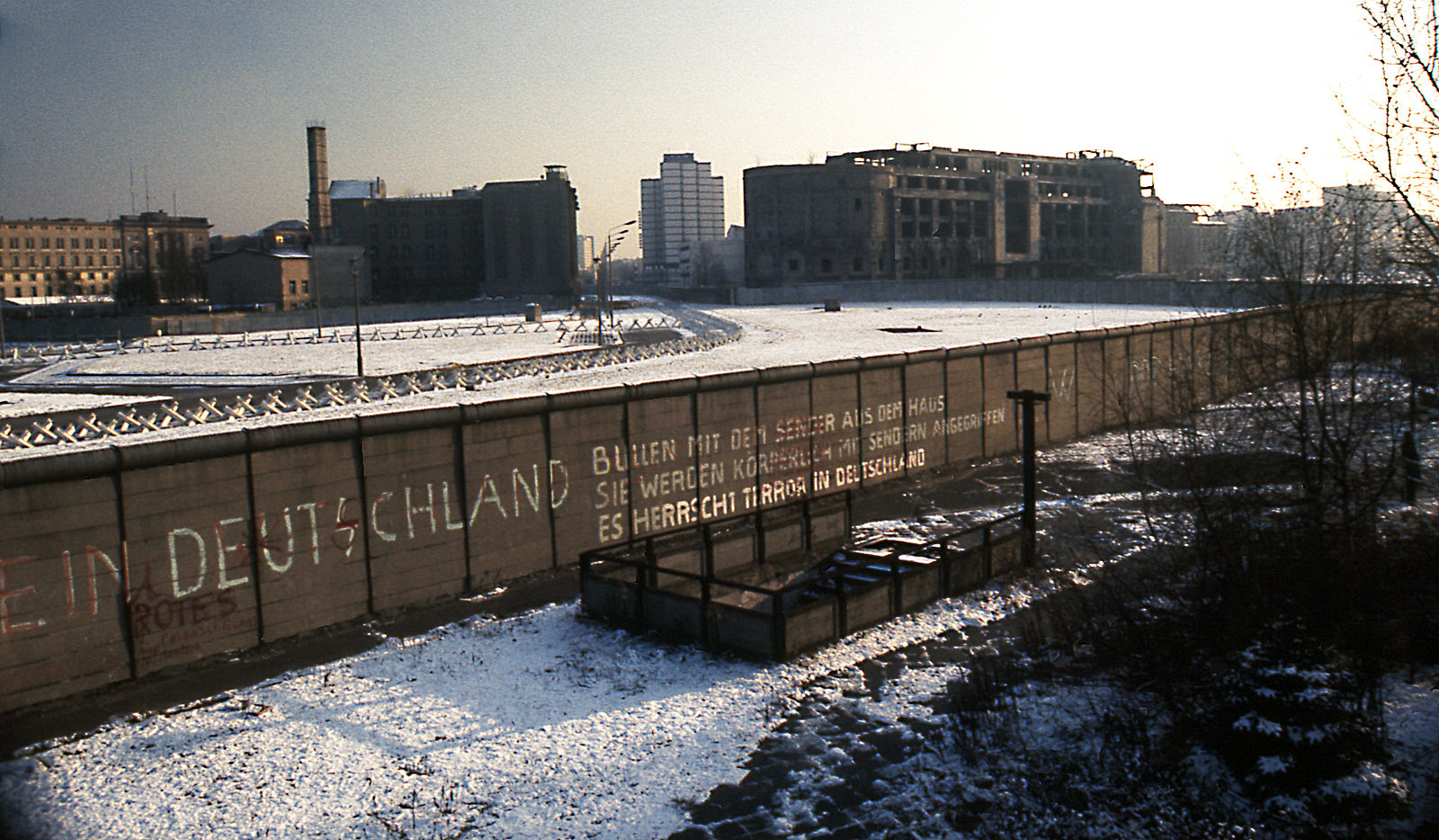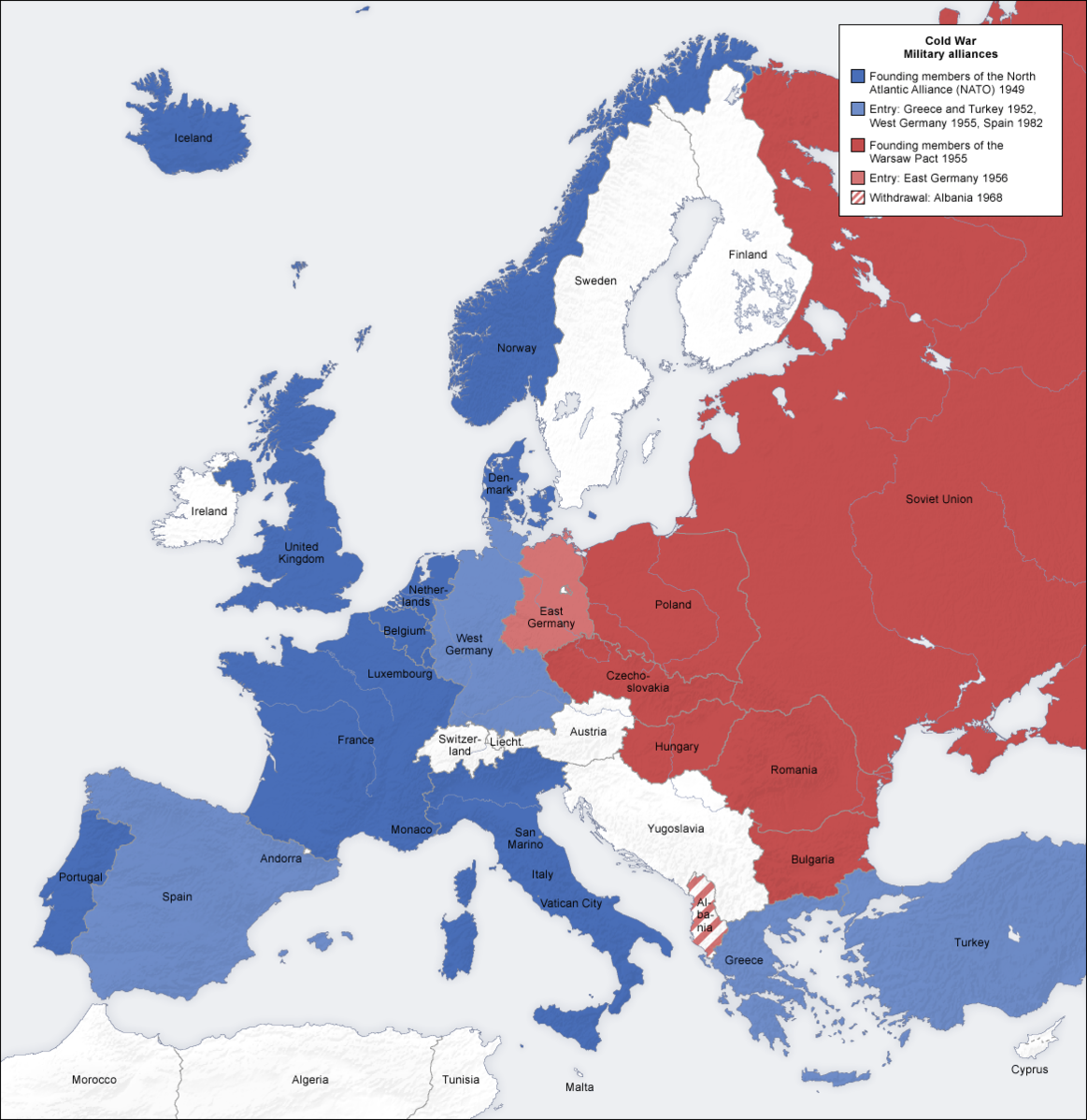Difference Between Berlin Wall and Cold War
As the Second World War eventually came to an end, Germany got divided into four zones that were under the United States of America, France, Britain, and the Soviet Union. The Soviet Union took control of the Berlin area, which was also split into four and occupied by the four powers. The Soviet Union occupied East Berlin while the other three occupied West Berlin.
The wartime allies soon started breaking from each other based on ideologies. This led to the heightened Cold War politics that became the main focus of Germany. It also saw the boundaries between West Berlin and East Berlin become more profound.
It was in 1961 that the West Berlin government build a wall around its territory. The wall is recorded in history as a symbol of the Cold War.
The Berlin Wall?
The wall was a concrete wall built by East Berlin to bar its citizens from fleeing to West Berlin. It was heavily guarded by the East Berlin soldiers, and any attempt to cross it meant death by a bullet. It was built in 1961, on the night of August 12-13 while people were dead asleep.
The wall came to be after the Second World War, and after the four powers, the United States, the Soviet Union, Britain, and France scrambled and partitioned Germany amongst themselves. As their ideological differences grew and a cold war between them developed, the wall came up with the Soviet Union, controlling the East Berlin side distance itself completely from the Western side.
The wall lasted for 28 years up to 1989 when its demolition began.
What is Cold War?
Cold War is defined as a state of conflict between countries or nations and does not involve direct military actions. The main design of such a tense moment involves political actions, acts of espionage, propaganda, economic sanctions, and proxy wars waged by surrogates.
The most famous cold war in the world’s history was the Soviet-American Cold War that was highly catalyzed by the Second World War and the Berlin Wall. It was a moment of geopolitical tension and coldness between the United States plus its satellite states (known as the Western Bloc) and the Soviet Union plus its satellite states (known as the Eastern Bloc). The tension was mainly caused by ideological, territorial, and political differences between the two blocs.
The word ‘cold’ was used since the two never engaged in any military action against each other. However, they both supported major and conflicting regional conflicts that were known as proxy wars. After the Berlin wall came down, the Cold War conclusion followed and ended with the fall of the USSR (Soviet Union).
Berlin Wall vs Cold War
The major and striking differences between the two are as expounded below:
-
Meaning
The Berlin Wall was a concrete border that was erected by the East Berlin administration (under the Soviet Union) to keep the Easterners from crossing over to the more developed and less strict West Berlin Side.
The Cold War, on the other hand, was an over four decades’ tension between the United States and the Soviet Union (each with their respective satellite states) that stemmed after the Second World War. The war arose due to ideological differences between the two sides.
-
Reasons/causes
The hostility and ideological differences between the West Berlin and East Berlin territories saw profound enmity grow. The powers controlling the two zones were always suspecting each other and disagreeing, and when people started to relocate to West Berlin, the erection of the Berlin Wall started.
The Cold War, on the other hand, was caused by World War II, diplomatic confrontations, political and boundaries’ conflicts, and war conferences. Other causes that fueled it include the bombings of the cities of Hiroshima and Nagasaki and the Iron Curtain.
-
History
The Berlin Wall lasted for 28 years (from 1961 – 1989) while the Cold War lasted for 44 years (between 1947 – 1991).
-
Beginning and the End
The Berlin Wall was erected as people slept on the night of August 12 – 13th 1961 and fell on November 9th 1989. This was caused by mounting pressure from civil unrests in Germany and political changes in Eastern Europe that forced the East German government to go loose on some of its regulations, for example, on travel to West Germany.
The Cold War on its side started between 1945 and 1946 following World War II and ended around 1991. However, some sources argue that it had started back in 1917 when the Bolsheviks took power in Russia during the October Revolution.
-
Effects and Casualties
Over the 28-year history of the Berlin Wall, between 200 and 250 people died as they tried to escape from East to West Berlin while the Cold War mainly saw losses in terms of economic depreciation as well as millions of deaths in proxy wars.
Berlin Wall Vs. Cold War: Comparison Table
Summary of Berlin Wall vs Cold War
The fact that Berlin lay squarely within the Soviet Union territory yet it was divided lay deep within the East Berlin communists’ throats. As their anger heightened and the ideological differences between them and the West Berlin administrations became more profound, the Soviet Union thought of building the Berlin Wall. The wall has now gone into history as the epitome of the Cold War which existed for four decades between the United States and the Soviet Union (and all their satellite states and allies).
- Difference Between Minecraft and Terraria - August 7, 2020
- Difference Between Alliteration and Onomatopoeia Poems - July 25, 2019
- Difference Between Certification and Licensure - July 24, 2019
Search DifferenceBetween.net :
Leave a Response
References :
[0]"Berlin Wall". HISTORY, 2019, https://www.history.com/topics/cold-war/berlin-wall. Accessed 4 Mar 2019.
[1]"Symbolism Of The Berlin Wall During The Cold War.". Warfarehistorynetwork.Com, 2019, https://warfarehistorynetwork.com/daily/military-history/berlin-wall-cold-war/. Accessed 4 Mar 2019.
[2]"What Was The Berlin Wall And How Did It Fall?". Imperial War Museums, 2019, https://www.iwm.org.uk/history/what-was-the-berlin-wall-and-how-did-it-fall. Accessed 4 Mar 2019.
[3]Image credit: https://commons.wikimedia.org/wiki/File:Berlin_Wall_Potsdamer_Platz_November_1975_looking_east.jpg
[4]Image credit: https://commons.wikimedia.org/wiki/File:Cold_war_europe_military_alliances_map_en.png



